I'm both an experienced cycling journalist and a scatterbrain. I receive, read and understand a huge number of tech specs, new developments and freshly introduced 'standards' on an alarmingly frequent basis. However, when it comes to sourcing new parts for a bike, I always end up picking incompatible components.
After a particularly frustrating morning when I was unable to complete any of the three jobs I had planned for various bikes, largely thanks to something not being quite right, I found myself wistfully looking back to my early mountain biking days and remembering those far simpler times.
Bottom bracket choices pretty much came down to either Shimano's UN55 or UN72 model in a 68mm or 73mm BB shell width – both of which would probably survive a particularly muddy apocalypse. V-brake arms simply bolted on to frame and fork, and 27.2mm seatposts were a given.
When it came to handlebars, I only had to choose between the black or gold Answer Pro Taper (gold, obviously). Meanwhile, headsets were one size and they all fitted in to the same shape head tube, and wheels were secured with a simple lever without having to think about how wide they were.
- No doubt inspired by this missive on MTB standards, Simon von Bromley has penned his own letter to the bike industry, calling for a universal set of road bike standards. You can read his take here.
A disclaimer
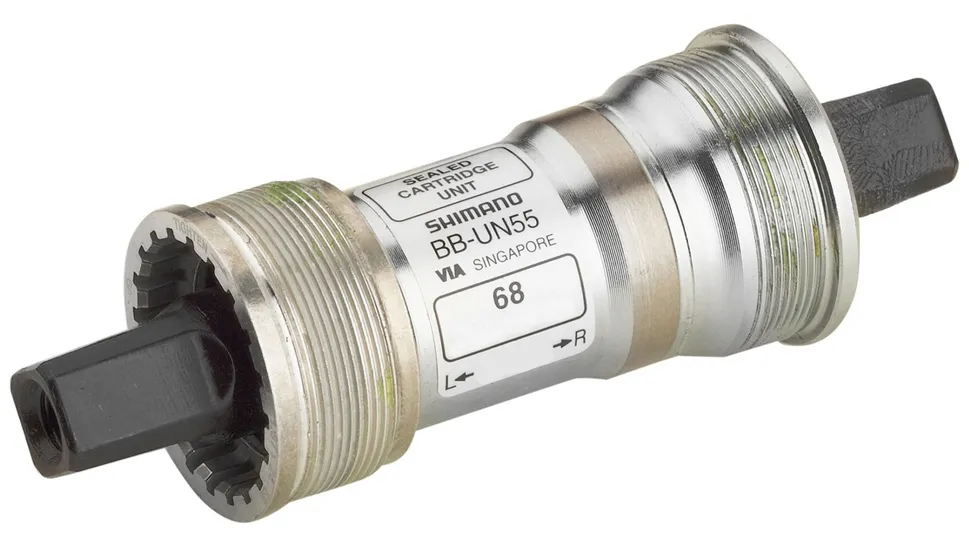
Before we dive in, let me set one thing straight – I think developments in mountain bike tech (and by extension, road bike tech, because we all know mountain bikers develop the good stuff first...) are generally a very good thing.
I'm not into old bikes, whatsoever. Give me an all-singing, all-dancing modern trail bike every day of the week. But boy, oh boy, do I wish the industry would just stick to one set of standards.
I'd like to ask the bike industry to have a quick look at the word 'standard' in the dictionary, and then perhaps consider the following: standards should make our lives easier, not harder.
It can (and, I'm sure those in the comments, will) be argued that a standard isn't necessarily perfect, but it means we're all working off the same basis. It means we can walk into a bike shop and walk straight out, without having to have an encyclopaedic knowledge of every different 'standard' and how they interplay with every other 'standard' out there.
Thus, below is a set of standards I would like to be standard. You may argue that the 'standard' should be a different version of the standard, but hey, unless you're actually a World Cup racing pro, I can almost guarantee that the 'other' standard would provide negligible benefit to you.
Bottom bracket shells

Bottom bracket shells should all be 73mm wide and with an English thread.
Why 73mm? Well it'll work marginally better with Boost spaced wheels (more on that later), and you should be using ISCG05 chainguide mounts if you need them, plus I had to pick between 73mm and 68mm, and wider is better.
Why threaded? Well, that's obvious.
When replacing a BB, do I want to unthread it or thwack it out of my carbon frame in some sort of neanderthal-like manner because, like most normal human beings, I don't own a bearing puller (or bearing press for that matter)?
You might argue that press-fit bottom brackets (and their ilk) are 'technically' better – and that absolutely can be true if a frame is built with suitable high quality control – but I assure you that your average home mechanic is more likely to possess the motor skills to unthread a BB more successfully than they can whack-out and press-in a PF BB without damaging their pride and joy. They will also likely have the far cheaper tool needed to do so.
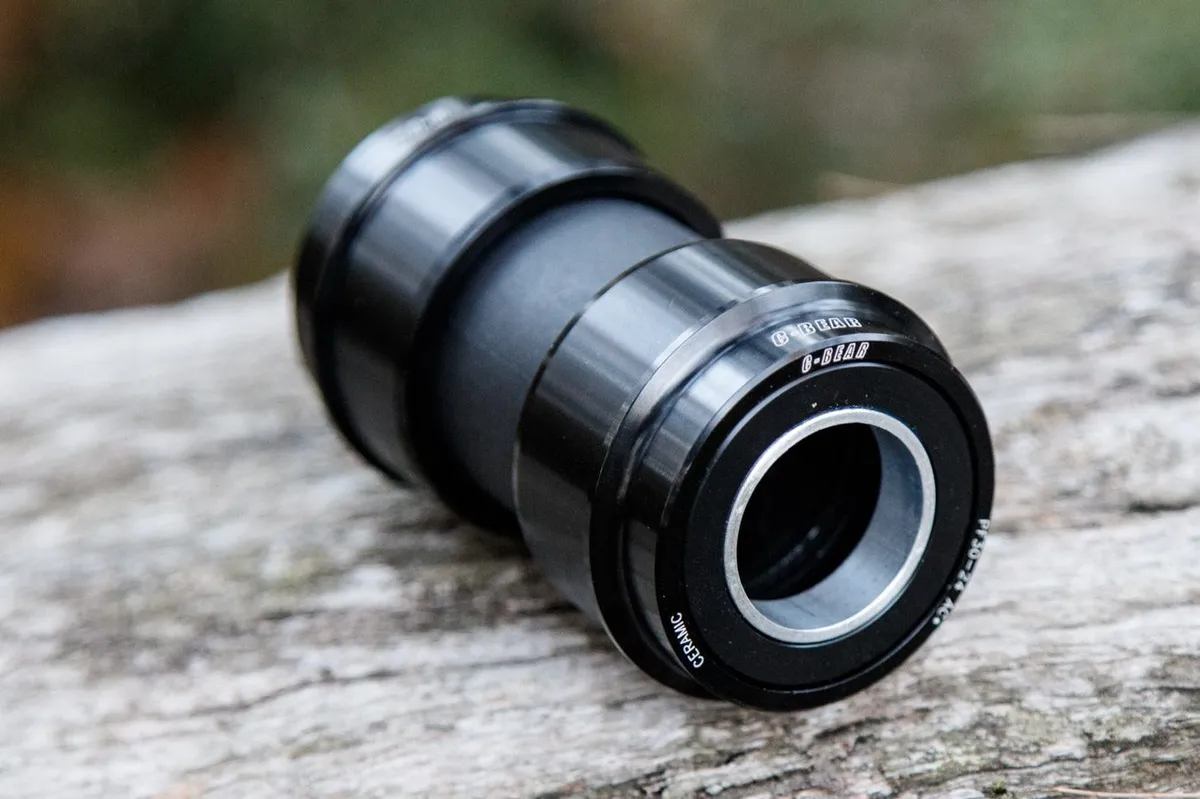
Also, anecdotally, threaded BB shells tend to be more reliable, don't creak and are less prone to poor (read cheap) frame manufacturing tolerances – and no, I've never had to face and chase a BB shell in my life, by the way.
Oh, and while we're at it, there should be ONE standard tool interface on BBs. I have five in my garage, and that still doesn't cover them all.
In fact, after a recent rant on Instagram, James Huang, formerly of this parish and now at CyclingTips, messaged me and mentioned Abbey Tools has thirteen different BB tools, which doesn't cover them all either. Madness.
If you too are confused by all the different bottom bracket standards out there and would like to be far better informed, why not brew a (strong) coffee and read our (very) in-depth guide?
Crank connectors
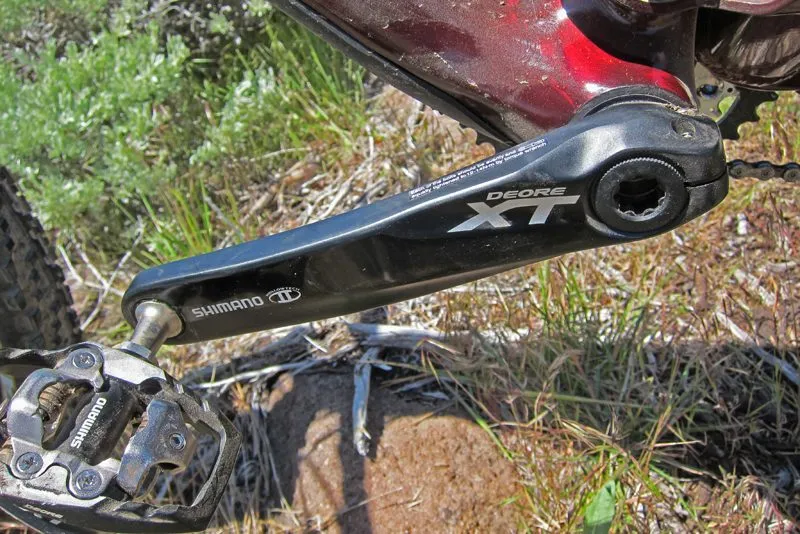
Every crank manufacturer should adopt Shimano's Hollowtech II system.
Sorry everyone else, but HT II is just better; it's simple to fit, simple to understand and doesn't require extreme torque to work. The 24mm spindle is stiff enough (I challenge you to prove me otherwise) and means bigger bearings can be squeezed into the aforementioned threaded BB.
SRAM's DUB system actually comes close to perfection, but the fact that you often need to put a scaffold pipe on the end of your hex key to remove a DUB crankset relegates it to second position.
Everything else is just a means to delay your riding time and has no discernible benefit in my most humble of opinions.
Axle spacings
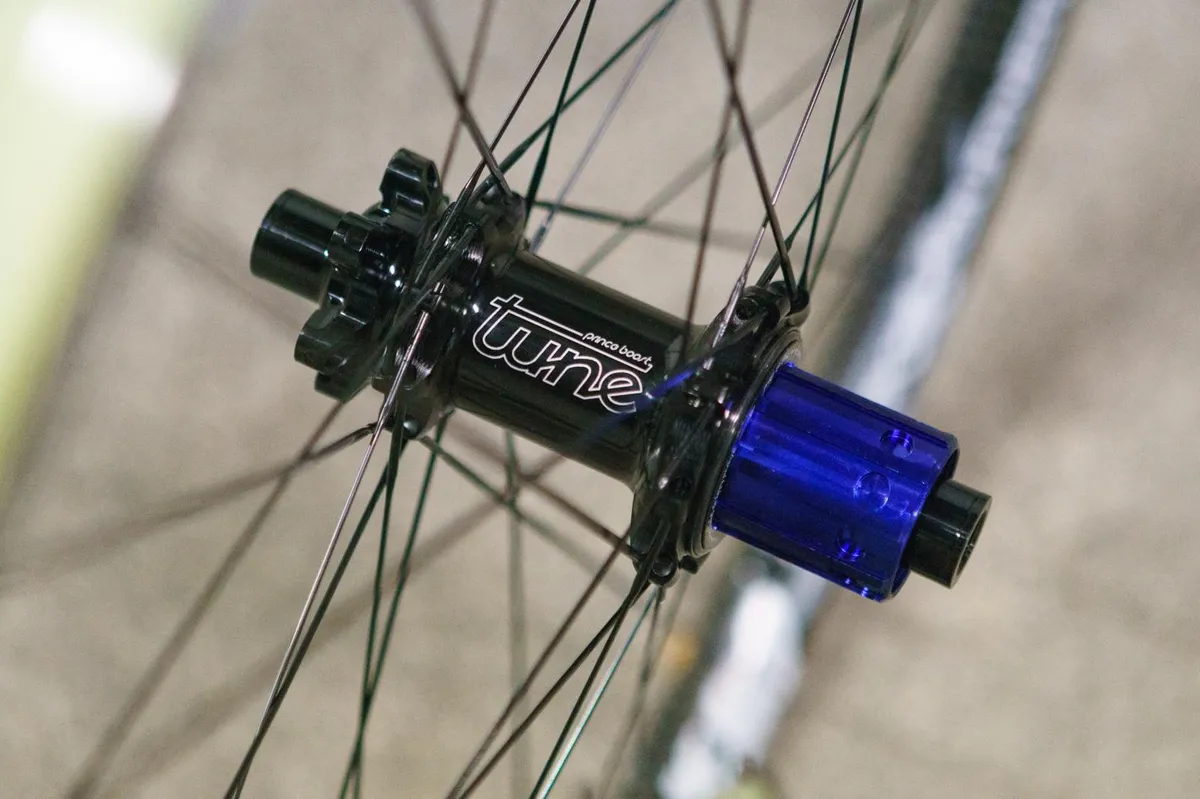
From here on in, anything other than 110×15mm at the front and 148×12mm at the back should be committed to history.
Like it or not, Boost is here to stay, and that's how it should be. If your wheel isn't stiff enough and you 'need' Super Boost, sorry – just add more spokes or build a wheel with a stiffer rim.
Crank chainlines
Further to this, given that from now on we're all sticking to 73mm BB shells, threaded BBs, Shimano's HT II crank system, Boost axle spacing, and 1× drivetrains (I'm not even going to sully this article by mentioning anything other than 1×), can we just make every crank's chainline identical so we don't need to get our set-squares and Pythagorus theorems to make sure our gears will work?
Certainly, we can drop having multiple crank spindle lengths, which only give us the option of getting it wrong.

As for the axle diameter, yes, 20mm front axles were a good thing, but they failed to become commonplace, so for the sake of simplicity, we'll stick with 15mm.
Brake mounts

Forks will have 180mm post mounts and frames will be 160mm post mount only.
IS mounts can be relegated to history, and this shocking new fashion of using flat-mount calipers on mountain bikes should be quickly kicked into the long grass, please.
Post mount is simple to use and, with a 180/160mm mix, most XC and trail riders can simply bolt the caliper straight to the frame and fork, with no messing.
If you want more power (and that's fair) then +20mm or +40mm adaptors are easy to source, easy to attach and make rotor choice very, very simple: 160 / 180 / 200 / 220 – four sizes only and no 183/203mm silliness to worry about.
If you're an XC whippet and are scared a 180mm front rotor is too heavy, train harder and enjoy better brakes.
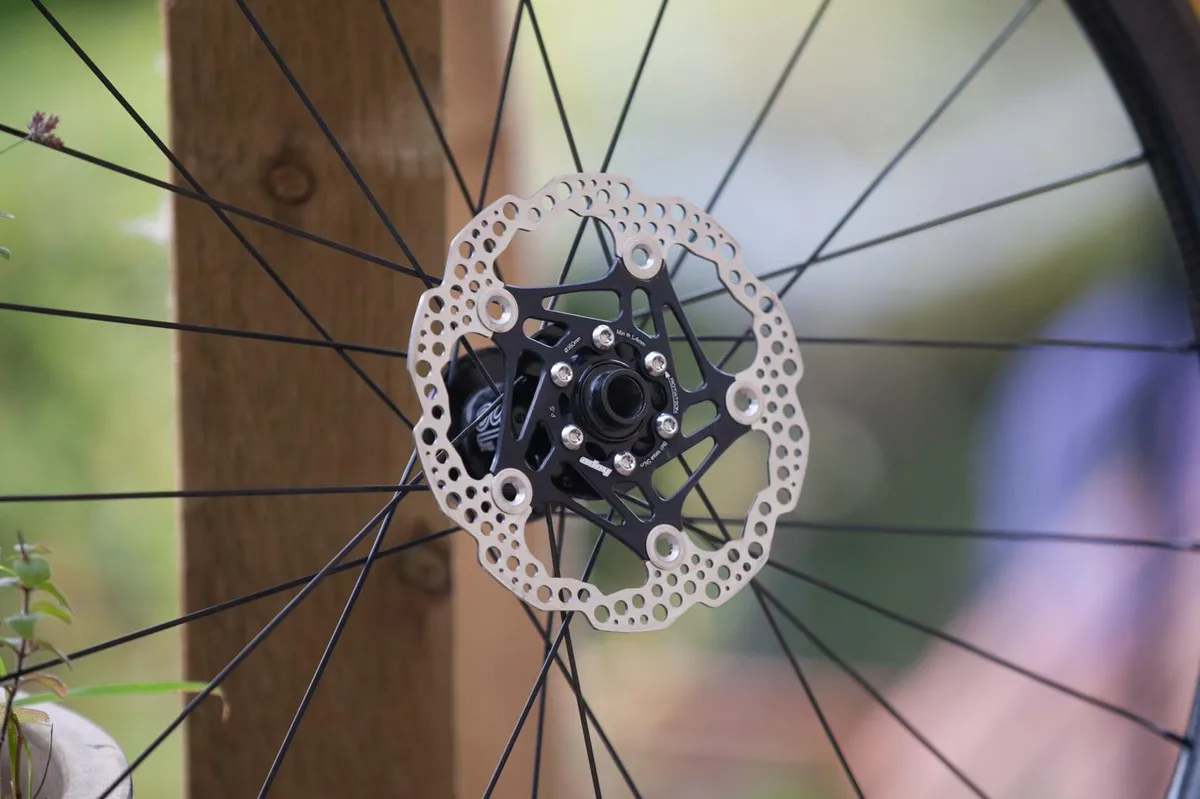
Brake rotors will, obviously, be six-bolt with T-25 Torx-headed bolts, and this is the only place Torx head bolts are allowed on the bike.
Handlebar diameter
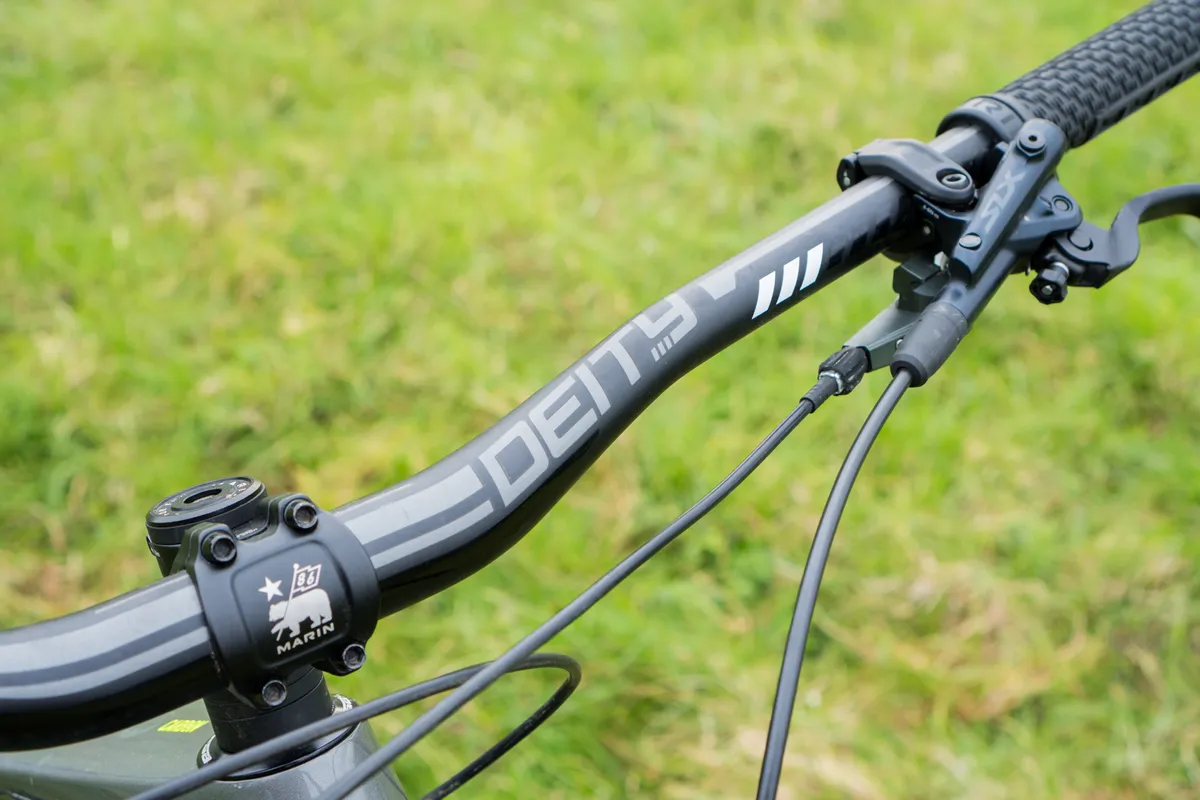
Stems and bars should combine with a diameter of 31.8mm.
The original 'OS' (Over Size) standard gives the best compromise between weight and stiffness. 25.4mm diameter bars were fine back in the day, but the step up of a few millimetres made a palpable difference to how stout the front end of a bike felt – and in a good way. Nobody wants to steer via the medium of a noodle.
However, you can have too much of a good thing, and if we're jettisoning all but one standard, 35mm bars have to go. I've ridden more 35mm handlebars that are too stiff than I have 31.8mm bars that are too flexible.
A 31.8mm bar can be made stiff enough for anyone, and they can easily be made so you aren't constantly rattling your teeth out (unlike, it seems, many current 35mm bars).
Sticking with 31.8mm bars will also mean the set of lights I've been using for the past couple of years will still fit, so, there we go.
Steerer tubes and headsets
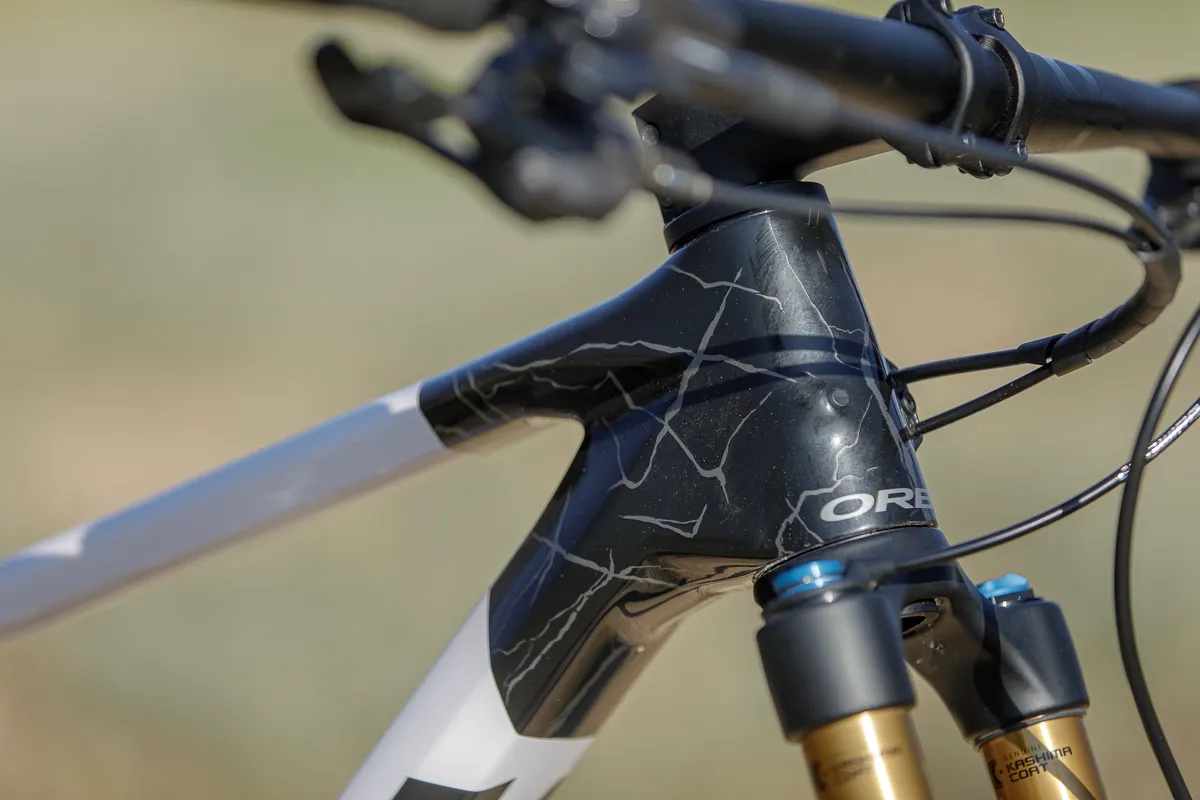
Headsets will be integrated and use angular contact bearings, and frames and forks will all be designed for the most seamless of integration.
When I was 15, my dad went to the US for work, and with a favourable exchange rate I got a Chris King headset (a jewel of a bicycle component) shipped to his hotel for the princely sum of £60. And there was no question as to whether it would fit.
Steerer tubes were 1 1/8in in diameter and head and steerer tubes were a straight bit of pipe.
These days, it's a minefield. Low profile this, integrated that, Hiddensets, ZS's, 46/32/49.6 – I dunno.
So complicated is it that companies such as Park Tool have an online 'Identification System' to make it easier to work out which might be the right kind, while we at BikeRadar have our own ultimate guide to headsets.
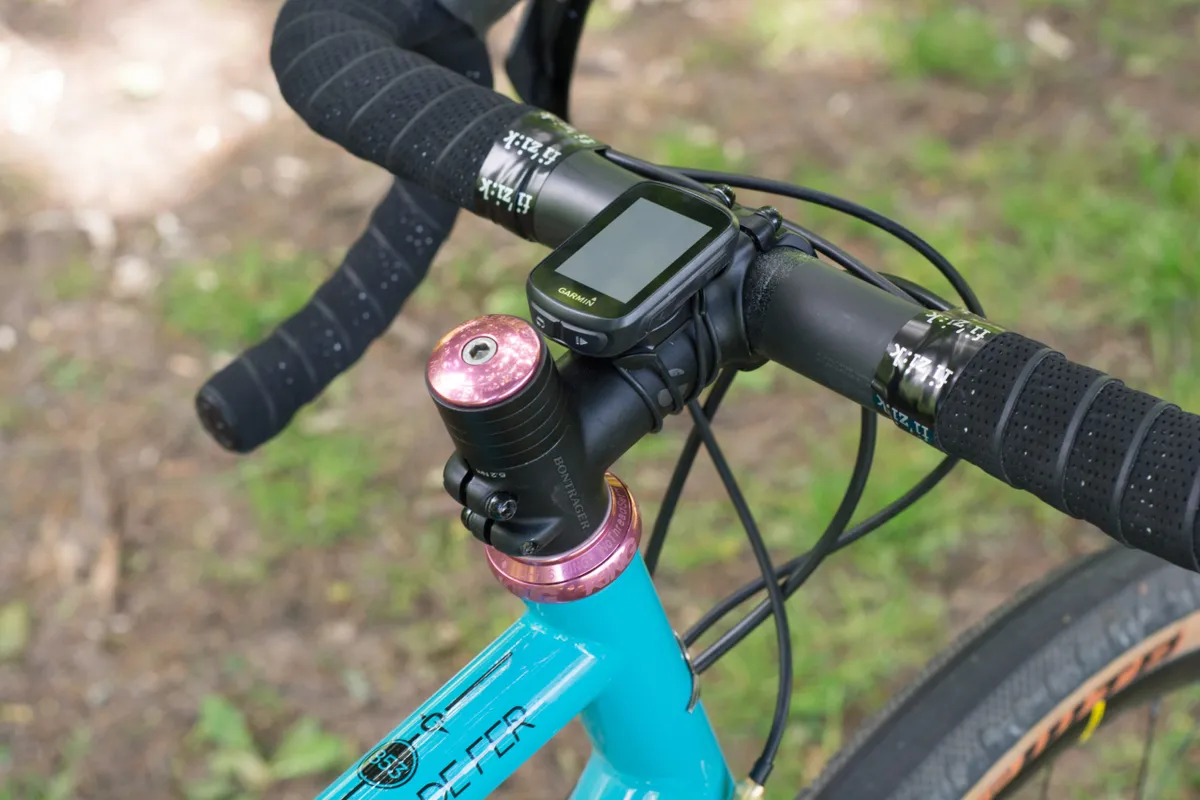
While the tapered steerer tube (1 1/8in top, 1 1/2in bottom) is the go-to now, the 1.5in straight standard (like 20mm axles) never properly took off, so we can forget that. The same goes for the rarely-seen 1 1/4in top, 1 1/2in bottom diameter steerer standard.
I digress.
The simplest system is for a 45-degree angular contact bearing to sit in a pre-formed cup on the top and bottom of the head tube, which can be dropped in and out when it's being replaced.
Conveniently, that lower angled contact bearing should easily fit on a pre-formed crown race on the fork. Sealing can be taken care of by a well-constructed bearing and you'll never need to worry about whether the headset, or replacement bearing you've bought, is going to fit, and you'll never have to wrestle a crown-race on or off a fork with an old, rusty screwdriver.
Pedal cleats
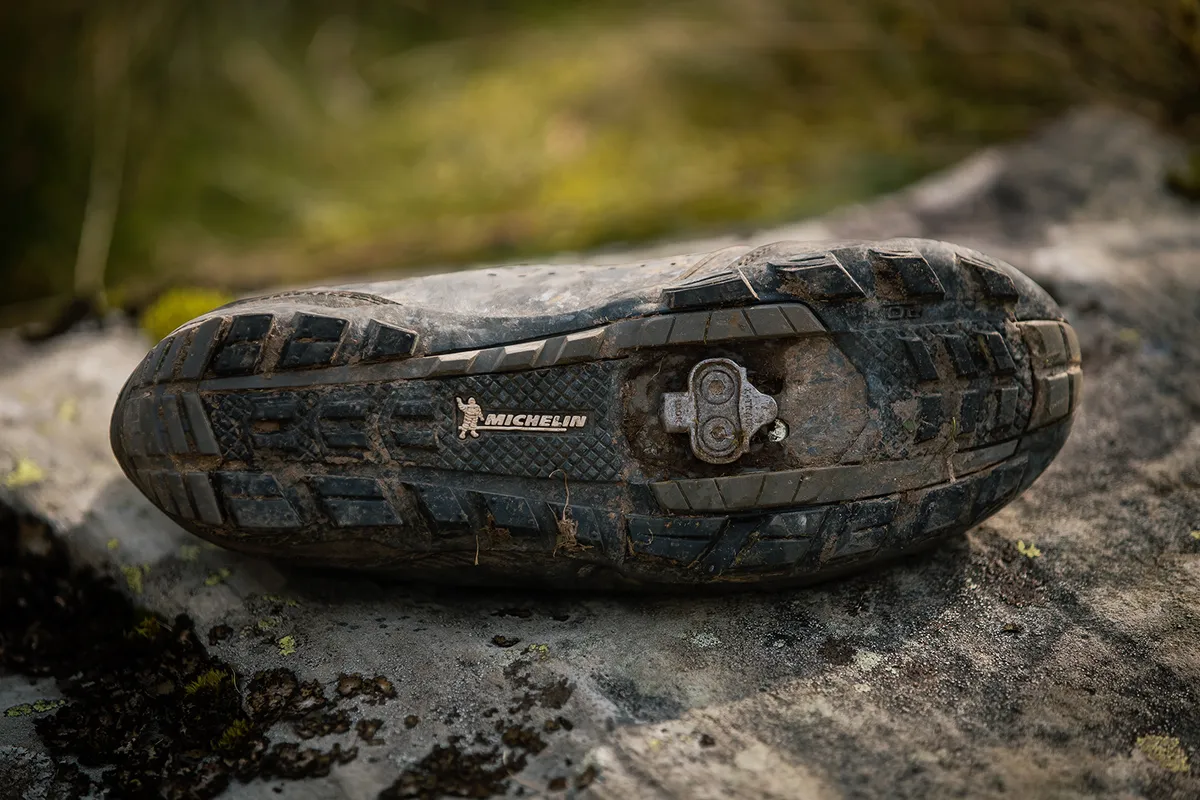
All clipless pedals should use Shimano's (non-multi-release) cleat pattern.
This one is going to upset about half of you clipless riders, I reckon, and there are two significant reasons I decree that Shimano's cleats become the industry-wide standard.
First, it's the system I use, and hence it'll mean I don't need to replace all my pedals and shoes. And, given I'm dictating this, I get to choose.
Second, while the likes of Crankbrothers' pedals are popular and many work equally-well, it is Shimano's system that has found more widespread use across multiple pedal manufacturers. Ritchey, Nukeproof, SRM and Look, to name a few, use nigh-on identical (and entirely cross-compatible) cleat designs.
It's true that other systems have their benefits, whether its the cleat float or mud-shedding capabilities etc, however, as I mentioned earlier, this isn't necessarily a list of the best standards, merely the ones that I have deemed should be used.
Seatpost diameters
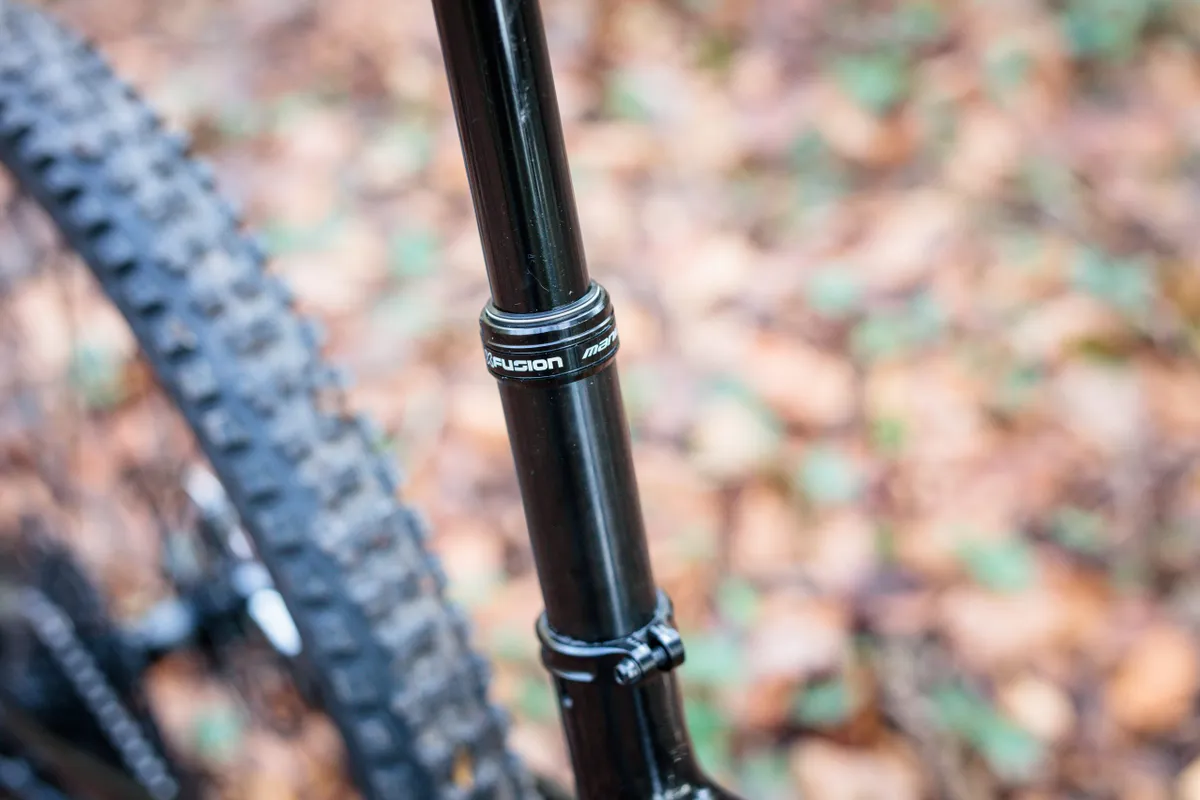
Seatpost diameters will all be 34.9mm going forward.
27.2, 30.9, 31.6, 34.9. No, not an international phone number, but a list of all the different seatpost diameters you may have to decipher before you can buy a new dropper post.
I have two issues here:
- Why are there four? In fact, if you take Eightpins' integrated dropper (scroll down this throwback story from when droppers were big news for the info on it) there are even more different diameters. Much like the other standards here, some bike industry big-wig has corralled a load of their mates into a room and conspired to thrust yet more 'standards' on us.
- Those numbers don't even make sense! Much like handlebars (okay, I know I picked 31.8mm over 35mm), these dimensions should be whole numbers – 30.9mm and 31.6m are very similar, and so unless you've got a set of calipers to measure the post's diameter, holding up a ruler to your post could end up with a mis-reading and poor purchasing decision.
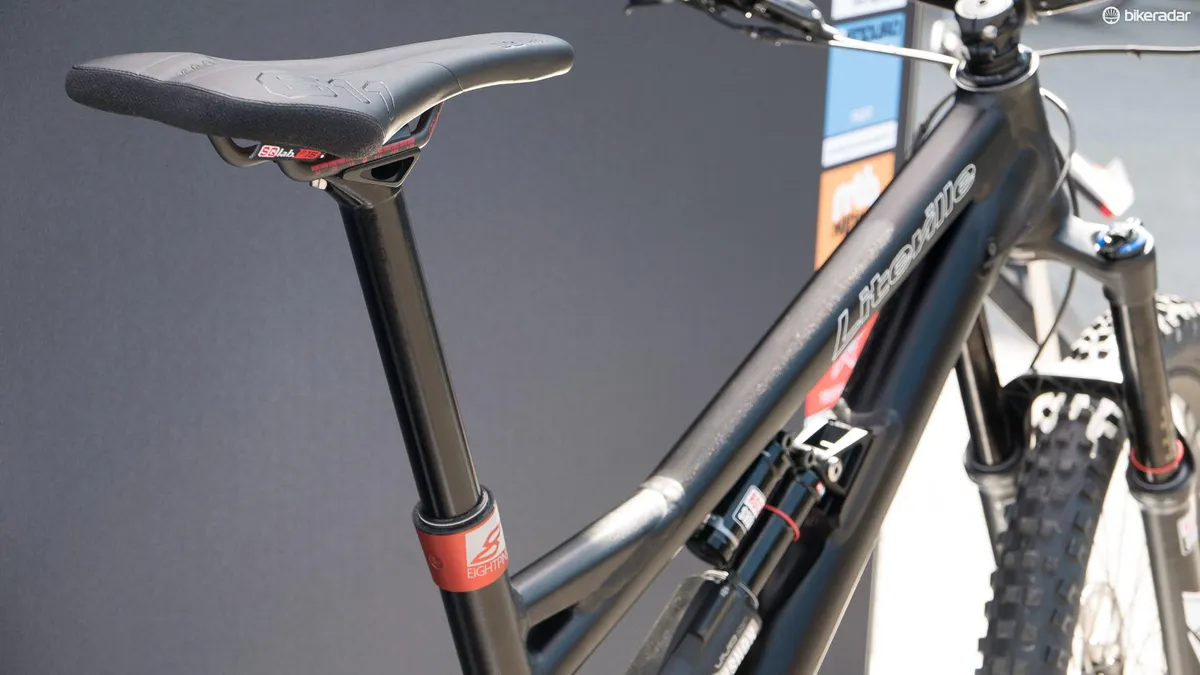
So why 34.9mm (or 35mm, as it actually should be), the newest of all the standards and, basically Specialized's own standard? Well, despite a decade of development (and however many years of office-chair existence), dropper posts are still inexplicably unreliable. As mentioned with the 73mm BB shell width, wider is better.
It allows more space for internals, which means they can be built to tolerance more easily, and means tubes can be stiffer and better, and everything. Basically, wider diameter dropper posts should be more reliable, and given the bike industry's incapability thus far to build a reliable dropper post, this is a good thing.
Also, I'm not unrealistic here. I know that when my industry standards come in to effect, not everyone is immediately going to go out and buy a bike that complies. You have bits and pieces you like and cherish. I mean, if you've dropped nigh-on £700 on a RockShox AXS Reverb dropper you're not going to replace that, are you?
So, by opting for the widest of the current standards, those of you who want to keep your favourite saddle support can simply shim out the seat tube on your bike and continue using your grossly out of date component.
Saddle rails
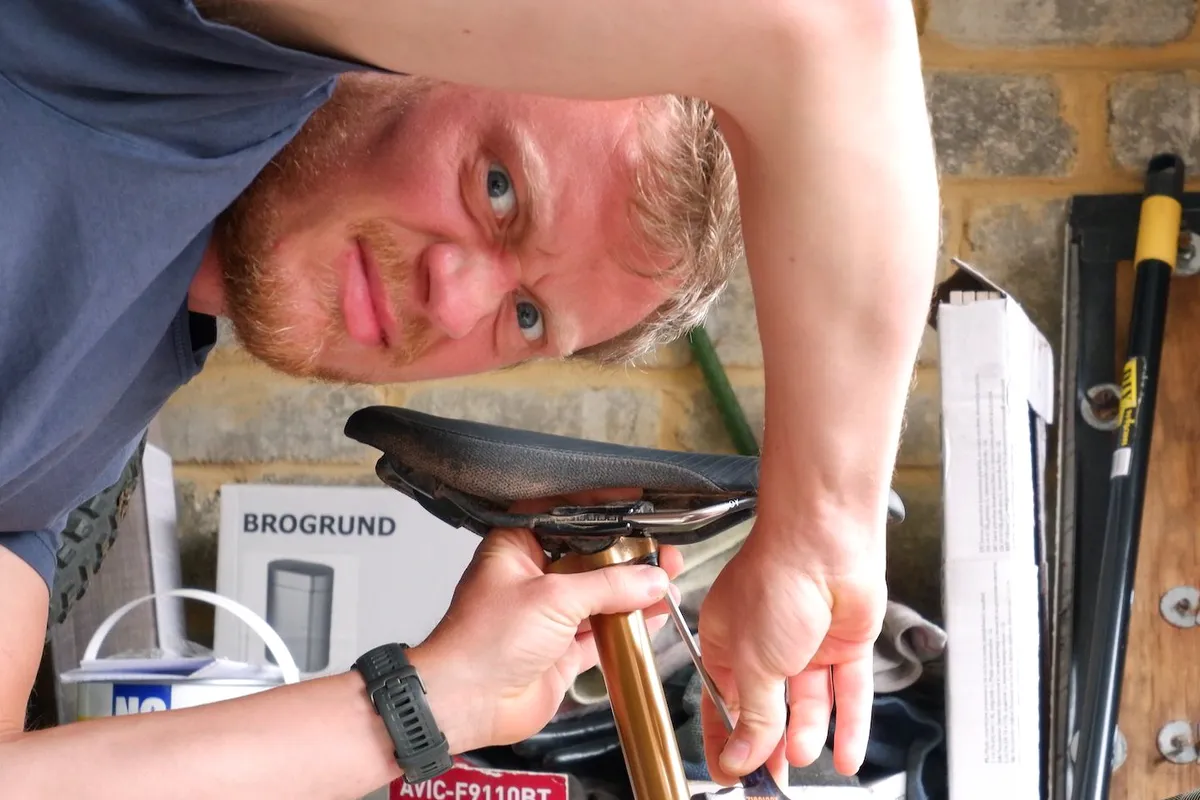
Wait, isn't this something the bike industry has standardised?! Incredibly, it pretty much is (save for varying depths of saddle rail that rarely actually cause problems). However, I still think it's got it wrong.
